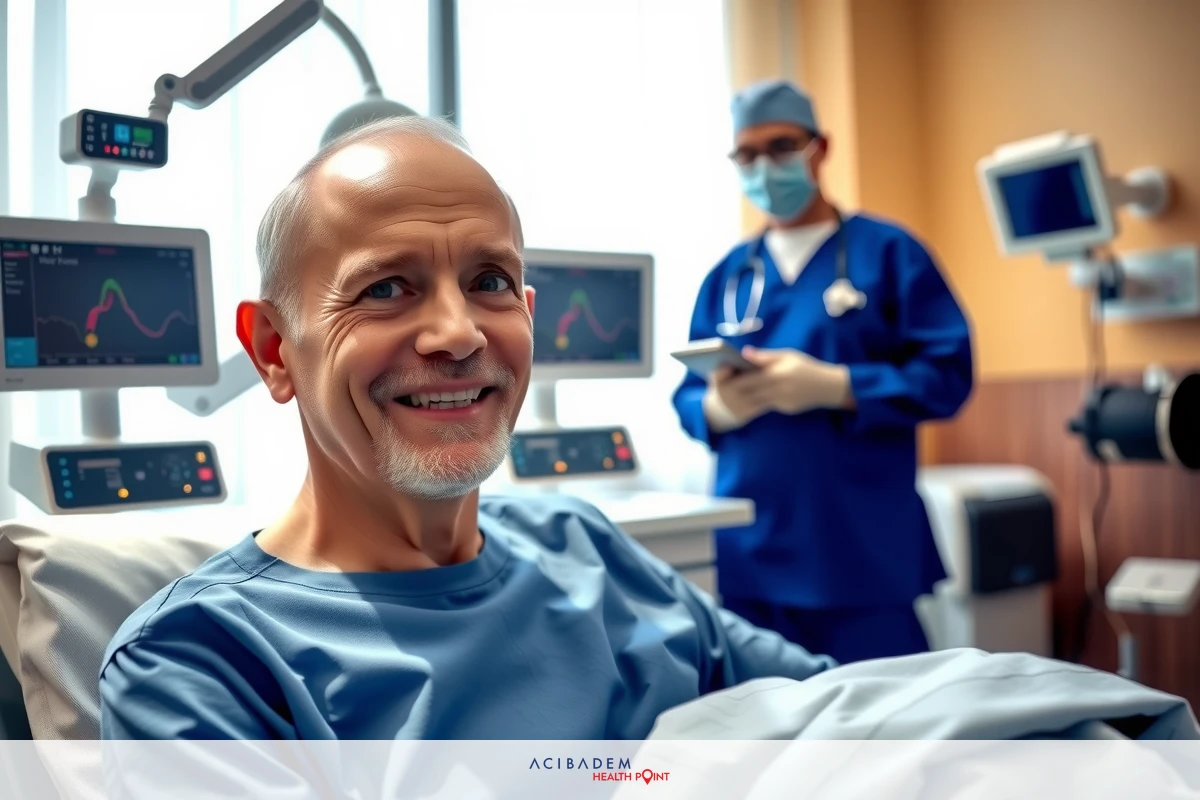What is robotic prostatectomy?
What is robotic prostatectomy? Robotic prostatectomy offers a modern approach to treating prostate cancer. Patients often select it for its minimally invasive nature leading to quicker recovery times. Surgeons use advanced robots to assist with the operation ensuring high precision and reducing risks. Men facing prostate cancer find comfort in knowing about their treatment options.Choosing the right surgery center can be easy when you know what to look for. Check for experienced surgeons who specialize in robotic procedures before making your decision. Always ask about recovery support and success rates at different centers too. It’s smart to talk with your insurance company early on to understand coverage details.
Recovery after a robotic procedure varies from person to person but generally involves less discomfort than traditional methods do. Doctors will guide patients through each step of their healing journey carefully and clearly. Physical therapy or other follow-up care might be part of the process too helping men return back to daily life sooner.
Benefits of Robotic Prostatectomy
Robotic surgery has transformed prostate cancer treatment. Its minimally invasive techniques mean fewer and smaller incisions for the patient. This leads to less pain and scarring compared to traditional methods. Consequently men can get back to their lives faster.
Precision is a hallmark of robotic prostatectomy. Surgeons control the robot’s arms with high accuracy better protecting nerves around the prostate. This careful method helps maintain functions like bladder control and sexual health after surgery.
The recovery time following robotic procedures is often shorter as well. Patients typically spend less time in the hospital after their operation. They also usually need less medication for managing post-surgery discomfort.
Choosing a quality surgery center is crucial for best outcomes in robotic prostatectomy. Look for places that boast experienced surgeons and good track records with this technology. Make sure they offer thorough care plans tailored to your needs during recovery too.
The Robotic Surgery Process
The process starts when the surgeon plans the prostate cancer treatment. Using 3D imaging they get a detailed view of the prostate area. This allows for precise planning before even making an incision. It’s key to ensure nerve preservation and effective removal of cancer.
Next the surgical robot is positioned by the medical team. The surgeon then takes control from a nearby console in the surgery center. Through this console they manipulate the robot’s arms with high accuracy. Each movement is steady and exact avoiding excess strain on healthy tissue.
During robotic surgery small tools attached to the robotic arms are used inside your body. These tools can turn and move more than a human hand could ever do alone. This capability provides extreme precision while being minimally invasive to your body.
After removing affected tissue or organs, surgeons close up with care using tiny stitches or staples that minimize scarring. Patients wake up often feeling better than expected due to less trauma during surgery thanks to these advanced techniques in robotic prostatectomy.

Recovery After Robotic Prostatectomy
After robotic prostatectomy the hospital stay is usually short. Many men go home within a day or two following their surgery. This is thanks to the minimally invasive approach of robotic surgery. Nurses and doctors will watch your progress closely before sending you home.
Pain management is an important part of recovery too. You’ll receive advice on how to handle discomfort once at home. Often patients need less pain medicine after robotic procedures than traditional ones. Your care team will help find what works best for you.
Follow-up appointments are essential in tracking your healing process. Doctors want to see how well you’re doing after leaving the surgery center. Physical therapy might also be suggested to regain strength and function quickly. It’s all about getting back to normal life safely and smoothly.
Choosing a Surgery Center
When selecting a surgery center for robotic prostatectomy consider its accreditation first. Accredited centers meet high standards of care and safety for patients. They have proven they follow best practices in healthcare. This gives you confidence in their ability to perform complex treatments like robotic surgery.
Experience is another critical factor when choosing where to get treated. Look into how many robotic surgeries the center has performed successfully. Surgeons with more cases under their belt tend to deliver better outcomes for prostate cancer treatment.
Patient reviews can offer insight into others’ experiences with the surgery center. Reading testimonials allows you to gauge satisfaction levels from previous patients. It’s wise to pay attention not just to success stories but also how issues were addressed if any arose.
Understanding your insurance coverage is vital before deciding on a facility too. Make sure the surgery center accepts your health insurance plan and knows about cost estimates beforehand. Get clear information so there are no surprises later regarding payment.What is robotic prostatectomy?
Check what post-surgery support each center offers after your minimally invasive procedure is done. Good facilities should provide thorough follow-up care including physical therapy if needed and help managing recovery at home which is crucial for healing properly after battling prostate cancer through such advanced treatment methods as robotic surgery.
Frequently Asked Questions
What exactly is a robotic prostatectomy?
A robotic prostatectomy is a minimally invasive surgery to remove the prostate. It uses robotic technology for precision.
How long does recovery take after a robotic prostatectomy?
Recovery times can vary but many patients return home within 1-2 days and resume normal activities in a few weeks.
Will my insurance cover the cost of robotic prostatectomy?
Coverage varies by insurance plan. Consult with your provider to understand what costs are covered.









